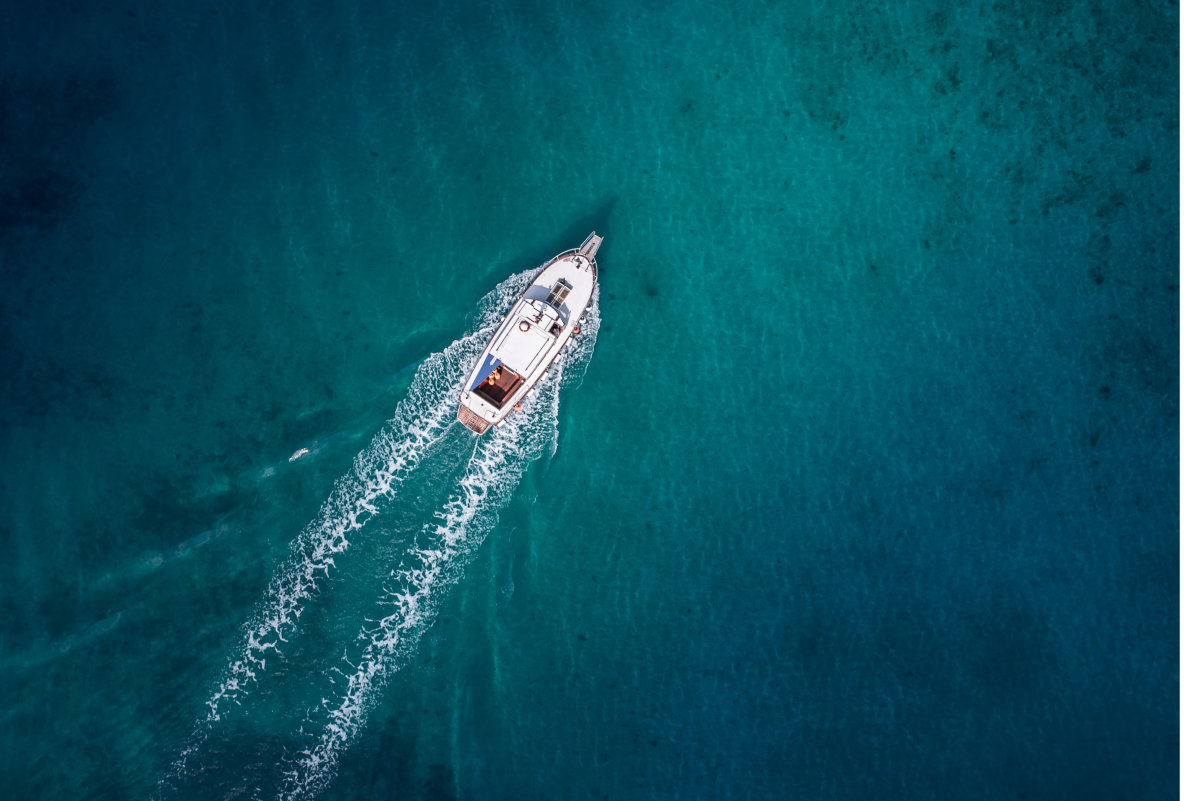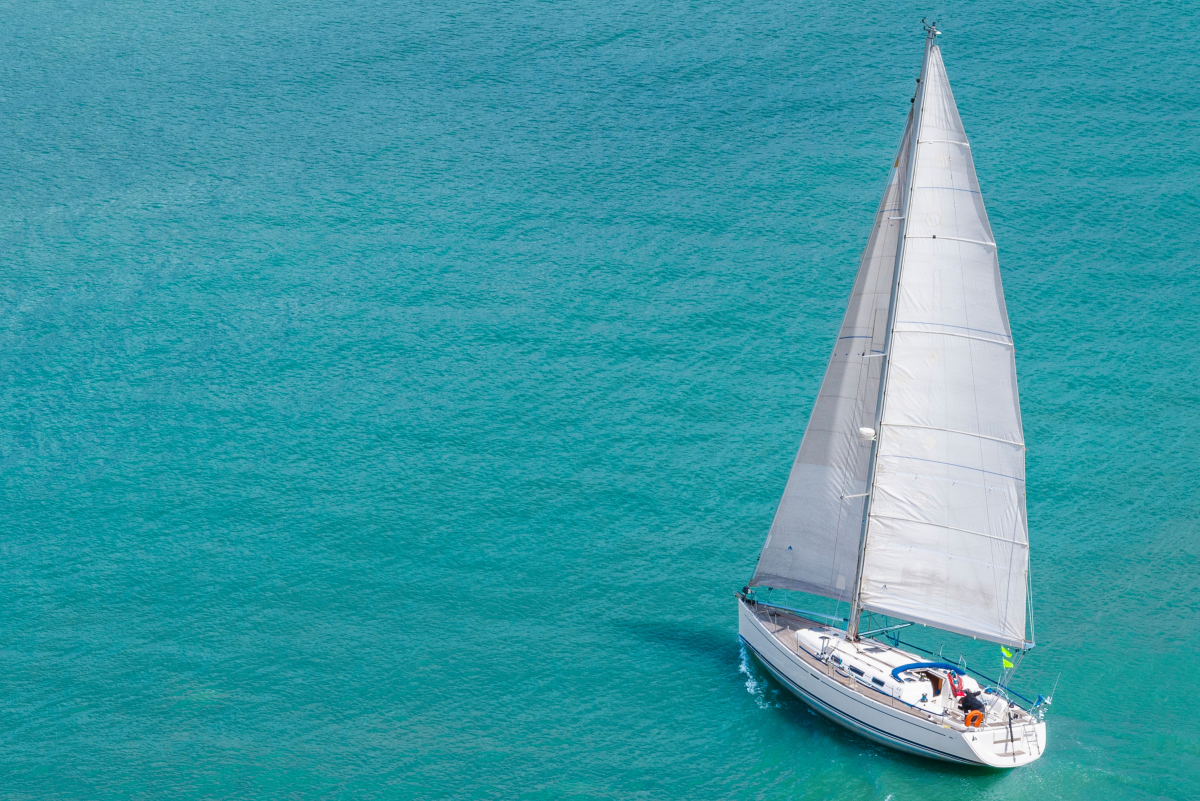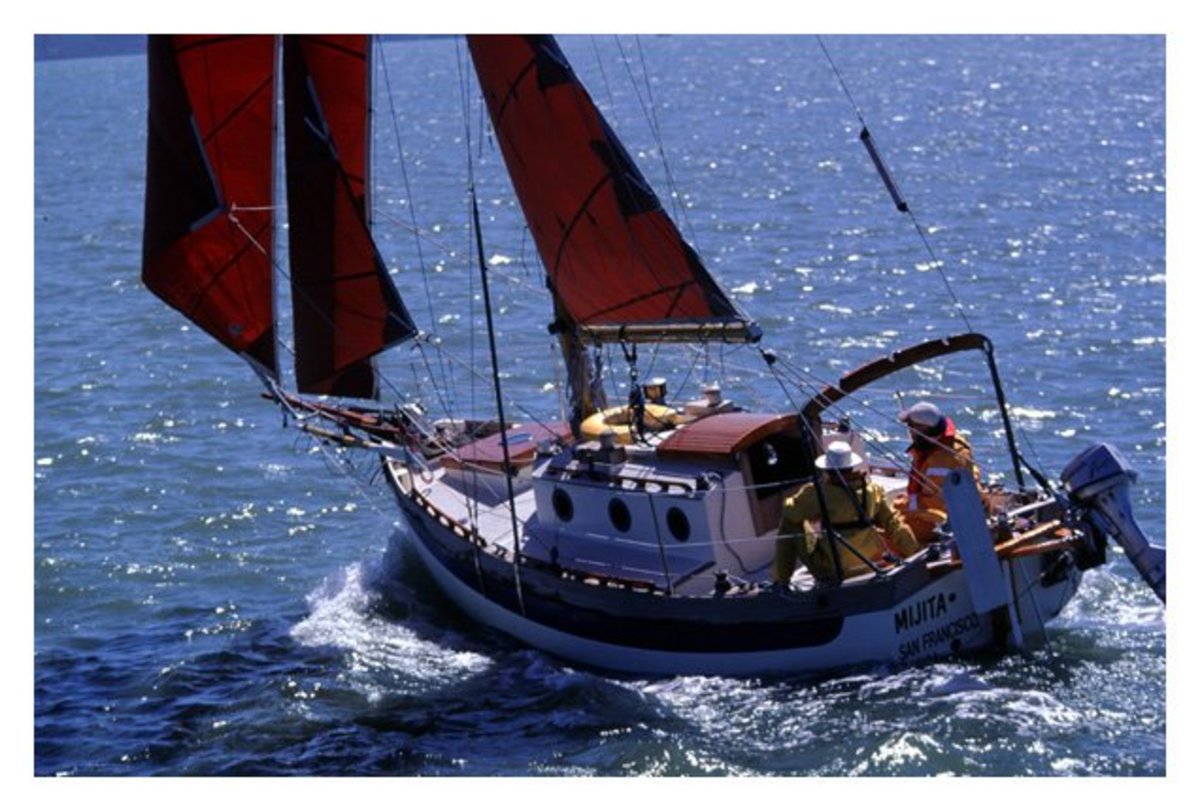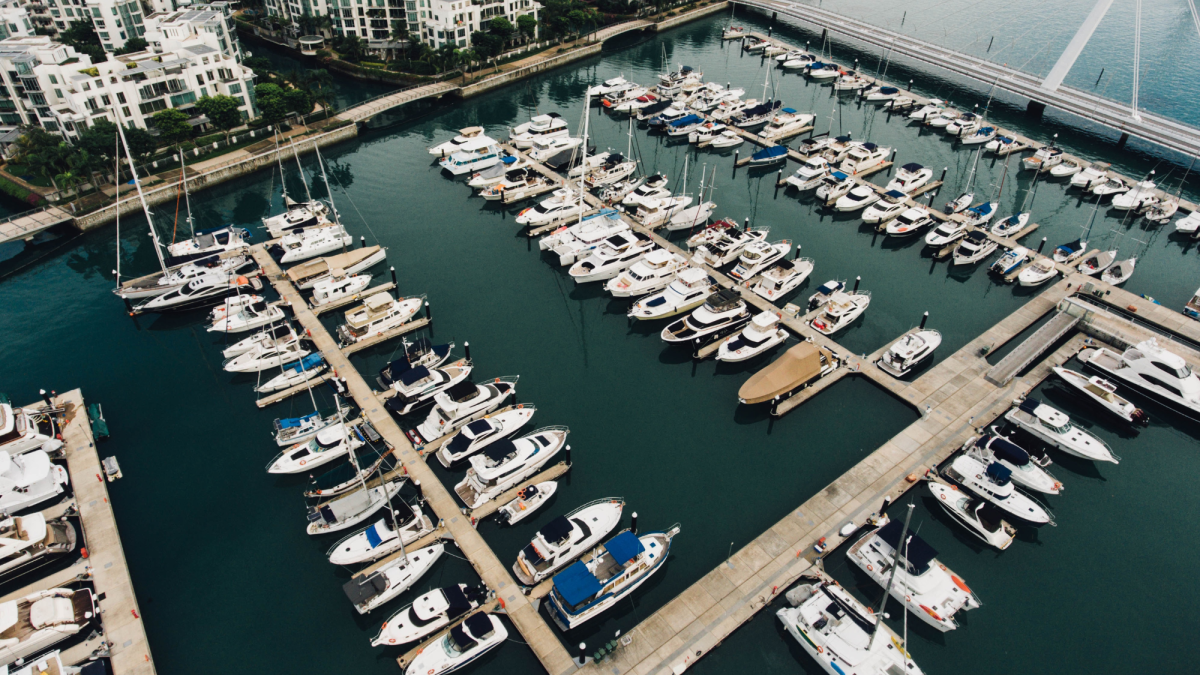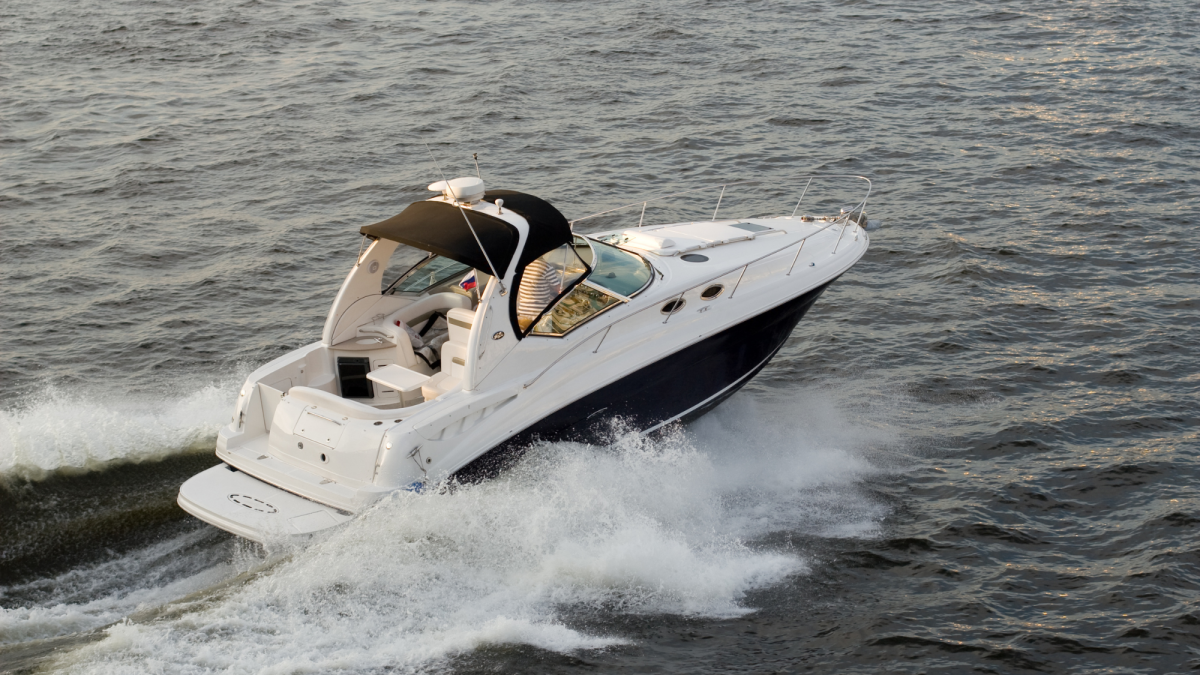Laser Dinghy: Tips About the Best Sailing Dingy
What are Sailing Dinghies?
Sailing dinghies are the smallest type of boat used in the activity of sailing. Sailing dinghies are most commonly used for racing as they have the best handling (can handle tight turns) and are the fastest. They are considered, by some, as the epitome of skilled sailing; it's a one versus water type of thing, where all your skills and insights need to be put to the test. Compared to casual sailing, with two or more people, where the jobs are spread out among the crew, sailing on a dinghy boat is normally for one person - although there are boats that fit two.
The 21st century has seen a rise in dinghy sailing and it is quickly becoming a competitive sport. Much more lighter hull materials, more responsive and efficient sails, and much more simpler rigs have made the sport very popular and very exciting. Think boat racing but without the sheer power. Sailing, and furthermore dinghy sailing, has also become very popular with people with disabilities; it is a very accessible sport for people of all abilities and ages.
There are many types of sailing dinghies on the market today. These include high performance dinghies, cruising dinghies, classic dinghies and racing dinghies. The best type of dinghy boat, in all of these categories, is, without a doubt, the laser dinghy.
________________________________________________________________
Specifications
All Laser boats are built to the same specifications.
- Hull is 4.23 meters long.
- Hull weight is 56.7 kg; light enough to fit on a car-top.
- Sail area of 7.06 meters.
- Recommends a person to weigh no less than 80kg.

Skillful Laser Dinghy Sailing
Laser Sailing Dinghy - Worldwide Recognition
Laser dinghies have become somewhat a staple in dinghy boat simples. This year it was recorded that the company had produced over 200,000 boats; this is a number that isn't matched - not even closely matched - by any other dinghy boats. The question, therefore, is why are laser dinghies so popular?
The answer is simple.
The laser dinghy is a robust boat that has a simple rig and is very easy to sail; or, in other words, it is a dinghy in which almost anyone can learn how to sail. The term laser refers to what is the 'laser' standard rig and hull which many boats incorporate into their design. By being such a simple boat, and by being available for casual, racing and high pefromacne alike it is easy to see why the boat has become so popular. Throw in the fact that a laser dinghy can be placed on a car top and you have instant success. It's portability and simplicity make it one of the best sailing dinghies on the market.
The most notable recognition the laser dinghy received was being named an Olympic-class boat. This means that only Laser dinghies were chosen to be used for sailing races in the Olympic games. The category - dubbed either single Laser sailing race, or double Laser sailing race - was first introduced in Atlantic at the 1996 Summer games; it wasn't until 2008, in Beijing, the same category was created for Women.
There are now three different types of rigs for a Laser dinghy - a great example of the evolution of the sport and of sailing dinghies. The three different designs are:
- Laser Radical: First introduced in the 2008 Summer games for the Womens race, the radical features the same size rig with a much smaller mast section. A great boat for young, beginner sailer's.
- Laser 4.7: This is similar to the radical but has a much smaller sail. It is roughly 35% smaller, allowing much lighter sailer's to sail the dinghy.
- Laser M: This is a lessor known laser dingy and is the only one that features a completely different rig. It didn't fair well in races and therefore isn't considered a true laser class dinghy boat.


Inspect Your Laser Dinghy
Other areas of the laser dinghy boat to inspect are:
- All the fittings.
- The trailer.
- Ropes.
- Foils.

Laser Dinghy For Sale - Tips When Buying a Laser Dinghy
Lasers are popular because they are so versitile, but this popularity also gives them a dangerous quality. Different companies all over the world are popping up promising that they are selling a 'laser' dinghy. Some of these are valid claims, but most are not. You need to be equipped with the right information, therefore, before you purchase a laser dinghy. Know the specs, and the history - which have been noted above - but also take advantage of the tips I will list below. The economy is poor as it is - you don't need to waste any more money into it.
First thing first. Make sure your Laser dingy is actually a laser sailing dinghy. Every official laser will have a sailboat sail number inscribed into the deck, or - if it's newer - in the back of the cockpit. Numbers that are less that 148199 will be in the deck and everything above will be in the cockpit; keep this mind when checking the authenticity of the dinghy boat, as well as age and quality.
Next thing you should do is inspect the physical ability of the boat; it's like checking the odometer of the car, sort to speak. There is no odometer on a sailboat, however, so you have to be a bit more ingenious. The general rule of the thumb for the deck is is if it has a lot of give - meaning it's not very stiff - then its had a lot of use. Check the give of the main areas of the boat - the front of the boat, and the cockpit are the most important - to gauge the quality and age. Also check for cracks. If there are a lot of cracks on the hull or deck this means that there has likely been leaking and damage; this will tell you that the boat has had a lot of use, and that - coupled with the amount of give - should tell you the overall quality of the dinghy.
Next check the sail for any serious signs of wear and tear. A new sail with a crisp feel to it; it may even feel a little stiff. As a sail is used it will lose it's stiffness, acquire creases, and maybe even a few small rips. A good sail is vital in having a good laser dinghy. Also note what kind of sail it is and if it can be made bigger or smaller depending on what kind laser rig you choose to you.
Another vital part of your laser dinghy is the mast and boom - also known as the Spars. These are both made from aluminum and can be easily bent; bent Spars is a common occurrence from everyday sailing, but - and this is a big but - they should be able to be bent back afterwards. If it is permanently bent you may want to think twice about the dinghy boat you are looking at.
The fact is is that laser dinghies are small and robust and can handle a lot of wear and tear; but, like all things, there is a limit. Be sure to check everything on your laser dinghy - don't let any nook or cranny go unchecked and take great detail of any cracks, give of the hull, or anything else out of place. You have to be your own personal, portable, odometer; make sure you know what your buying before you get out onto the water.

